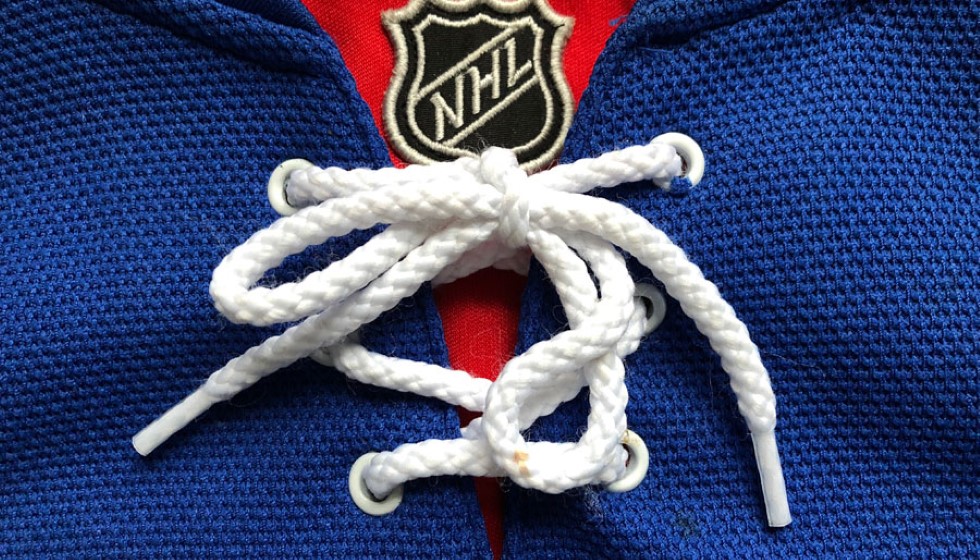
In a thrilling face-off between the Toronto Maple Leafs and the New York Rangers, the spotlight was not just on the game but on the towering figures of Ryan Reaves and rookie Matt Rempe. Rempe, who stands at an impressive 6 feet 7 inches and weighs 240 pounds, has begun to make his mark in the NHL, having scored once and assisted once in his first seven games. However, it's not just his scoring that's getting him noticed; Rempe has already spent a notable 37 minutes in the penalty box, outpacing his gameplay time by a remarkable 5 minutes. This has led to Rempe being tagged as an "enforcer" in hockey circles, a role that has sparked both controversy and conversation about the place of fighting within the sport.
The Role of Enforcers in Hockey
The tragic deaths of enforcers Derek Boogaard, Wade Belak, and Rick Rypien in 2011 highlighted the dark side of fighting in hockey, connecting it to the debilitating brain condition known as Chronic Traumatic Encephalopathy (CTE). Despite these findings, NHL Commissioner Gary Bettman has expressed skepticism about the linkage between fights on ice and CTE, a stance that continues to fuel debate within the sport.
As analytics increasingly influence hockey strategies, the traditional role of the enforcer has come under scrutiny. Known more for their fists than their finesse or scoring ability, enforcers often lag in aspects of the game that are becoming more valued, such as speed and skill, which facilitate successful zone entries and overall gameplay. This evolution has seen a decrease in fighting, contributing to a faster, more skill-focused, and engaging game that appeals to a wider audience and promotes inclusivity.
The Continued Controversy Around Fighting
Despite arguments that fighting is becoming obsolete, it remains a deeply ingrained part of hockey's "code," defending its place as a method of self-regulation and accountability among players. This perspective was echoed in the response of Paul Bissonnette, a member of TNT's NHL panel, who praised Rempe's willingness to "answer for his actions" following a hit deemed by some to be old-school. Bissonnette's comments reflect a broader debate about the role of physical enforcement in today's game and its impact on player safety and game integrity.
Hockey, Culture, and Social Issues
The NHL has also found itself at the intersection of sports and cultural battles, highlighted during the All-Star break in Florida. A controversy emerged from the league's effort to promote diversity and inclusion at a career fair, which attracted criticism from Florida Governor Ron DeSantis's administration. The governor's spokesperson argued against any form of discrimination, prompting discussions about the league's role in broader social debates beyond the rink.
This intersection of sports, culture, and social issues underscores the complex landscape in which the NHL operates, grappling with maintaining tradition while navigating the evolving expectations of fans and society at large. The role of enforcers like Rempe in this landscape is multifaceted, seen by some as crucial to maintaining order and safety on the ice, while others view it as a relic of a bygone era that conflicts with the sport's modern direction.
Conclusion
As the NHL continues to evolve, the discussion around enforcers and fighting remains a pivotal topic. With players like Matt Rempe stepping into the enforcer role, their actions on and off the ice contribute not only to the game's dynamics but also to the ongoing debate about the place of physicality in hockey. While fighting may have declined, it still sparks intense debate about its role in the sport, reflecting the continuous balancing act between tradition and innovation in the NHL.
As analytics, speed, and skill increasingly define the game, the old-school mentality of enforcing through physical confrontation is tested against modern hockey's goals of safety, inclusivity, and entertainment. No matter where one stands on the issue, the conversation around enforcers like Rempe and the cultural shifts in the NHL promises to be both significant and enduring.